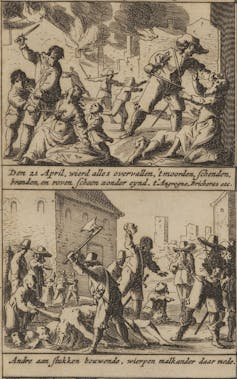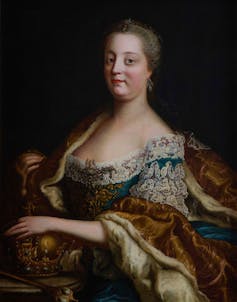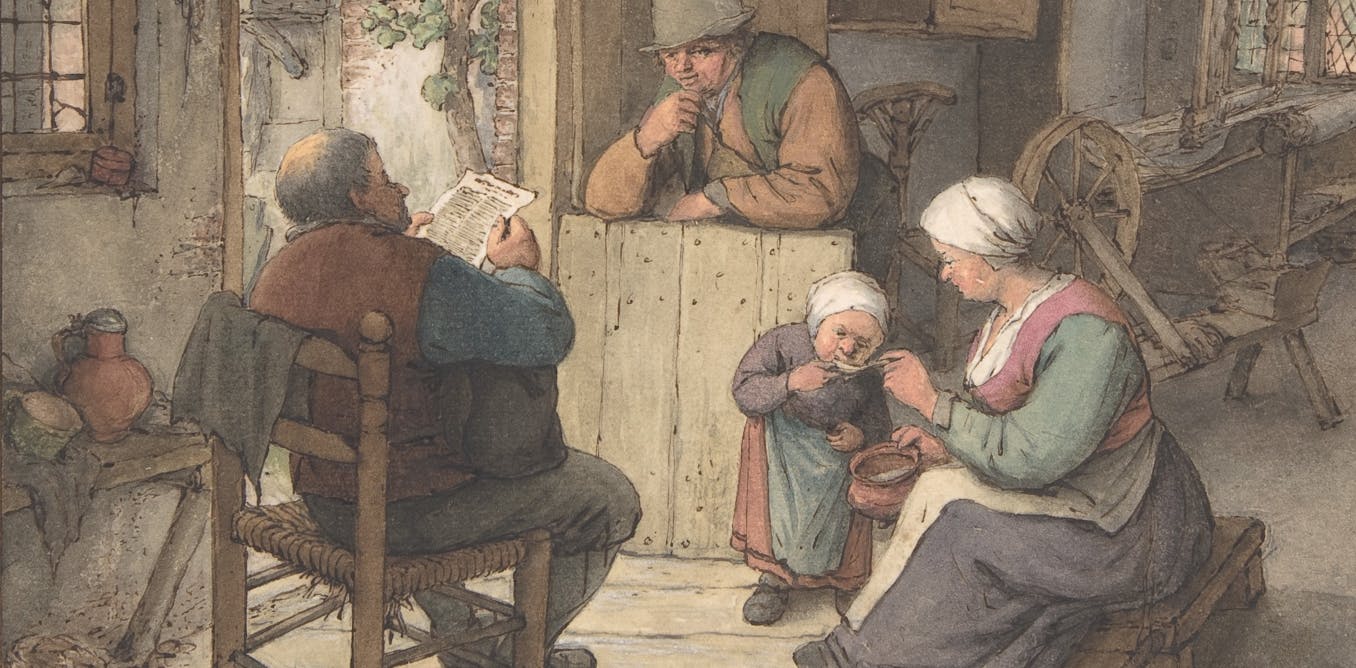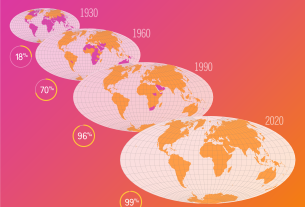For victims of mass violence around the world, attracting foreign media attention can be a matter of life and death. Right now, Palestinian reporters are risking their lives on a daily basis to keep the world’s eyes on the suffering in Gaza, and international coverage has been crucial to receiving humanitarian aid, mobilising widespread protest movements and exerting political pressure on Israel and its allies.
The Israeli government is also clearly aware of the power of local reporting in swaying public opinion: it continues to obstruct on the ground coverage of the war, and has even allegedly targeted journalists. Simultaneously, it has made great efforts to remind the world of the horrifying details of 7 October in order to counter Hamas’s denial of massacring civilians and generate sympathy for its retaliation.
New research reveals that this struggle for international attention and compassion has a surprisingly long history. Already in the 17th century, oppressed minorities in Europe found the printing press to be a powerful ally in putting the spotlight on their agony.
To bring foreign audiences to their aid, they faced a difficult question, one that we still grapple with today: how do you make people care about distant suffering? In my new book, I show that in their attempts to answer this question, early modern refugees helped lay the foundations of modern humanitarian culture.
Lobbying for compassion
European societies first developed a tradition of engaging with distant people’s misery after the Reformation, a time of extreme religious polarisation between, primarily, Catholic and Protestant believers. To combat this fragmentation, many states violently persecuted religious dissidents, causing the displacement of hundreds of thousands of Protestants, Catholics, Anabaptists, Jews, and Muslims.
Centuries before the 1951 UN Refugee Convention, these refugees had next to no rights. To survive, they depended on the charity and hospitality of religious kin in other parts of Europe.
Uprooted minorities often sent delegates with written testimonies to raise awareness of their plight among potential allies. Initially, this lobbying for support leveraged the established, hostile religious divisions to rally fellow believers. Refugees therefore tended to mix their stories of violence with militant religious rhetoric.
Generating outrage
Practices such as these gradually changed with the rise of news media in the 17th century. As consuming news became commonplace for many Europeans, some persecuted groups realised that they could scale up their campaigns for solidarity by publishing their accounts as pamphlets.
Moving to print required displaced people to reassess their strategies, as they now had to think more carefully about the diverse audiences they would inevitably reach. In a tempestuous political landscape marked by religious tension, volatile alliances and incessant war, the safest and most far-reaching way to attract support was to highlight one’s suffering without alienating other religious groups in the process.
Abused minorities and their advocates therefore increasingly avoided framing their hardship in religiously polarising terms. Instead, they adopted a more universal rhetoric of compassion, appealing to the rule of law and a sense of shared humanity. This shift in rhetoric would ultimately allow humanitarian engagement to transcend the religious divisions from which it had emerged.
Our shared humanity
Reproduced with permission from Ghent University Library, Author provided (no reuse)
Some of these publicity campaigns had sweeping political effects. Take the Waldensians, a Protestant minority in Savoy who suffered a religiously motivated massacre in 1655 at the hands of their sovereign, the Duke of Savoy. After the slaughter – which left some two thousand men, women, and children dead – the survivors fled to France and wrote up eyewitness accounts, which they managed to publish and distribute with the help of the Dutch ambassador in Paris.
The Waldensians provided appallingly detailed reports of rape, torture, and infanticide, and insisted that only people who had “discarded all sentiments of humanity” could “bear to hear this without trembling”. Their story sent shock waves throughout Europe, and successfully mobilised its main Protestant powers. The Dutch Republic, English Commonwealth, and Swiss Reformed Cantons organised large scale charity campaigns to aid the survivors, sent letters of protest to the Duke of Savoy, and dispatched special envoys to Turin to broker a peace deal.

Atlas von Stolk, Author provided (no reuse)
Then as now, compassion could also lapse into intolerance. Some Dutch Protestants saw the mass killing as proof of the fundamental inhumanity of Catholics, and used it to propose anti-Catholic legislation. In Leiden, an altercation about the Waldensians even ended in violence.
But by foregrounding human (rather than religious) suffering, the Waldensians successfully brought people on side, and retained vital cross-faith support. Catholic France, most notably, offered them asylum and served as mediator during the peace talks. Moreover, this strategy pressured persecuting governments to respond: the Savoyard authorities grudgingly issued a public statement denying the massacre, implicitly recognising foreign audiences as moral arbiters.
New allies
By appealing to humanity in the press, victims of violence did not completely knock down the religious walls separating solidarity networks, but they certainly created cracks.

Wikimedia Commons, CC BY-SA
In 1745, the Jewish community in Prague managed to cause serious international outrage through reporting about their expulsion at the hands of their queen, Maria Theresia. The queen received a flood of protests from foreign authorities and interest groups, including the Ottoman Sultan, the Pope, the Venetian Senate, the kings of Great Britain, Denmark and Poland, as well as the merchant guilds of London, Amsterdam, and Hamburg. They urged her, in the words of one observer, to uphold the virtues of “humanity, commiseration, love for one’s neighbour, wherever he may be.”
Silence of the press
Today things move faster, as much of the clamour for international attention has moved online: Palestinian journalists like Motaz Azaiza and Bisan Owda have garnered millions of followers on social media, playing a huge role in keeping the ongoing humanitarian crisis in Gaza in the public eye and providing crucial evidence against any efforts to whitewash war crimes and crimes against humanity.
While it cannot solve a crisis on its own, public attention can be instrumental in highlighting, challenging and preventing atrocities. As early modern Europeans already realised, mass violence thrives on the silence of the press.



